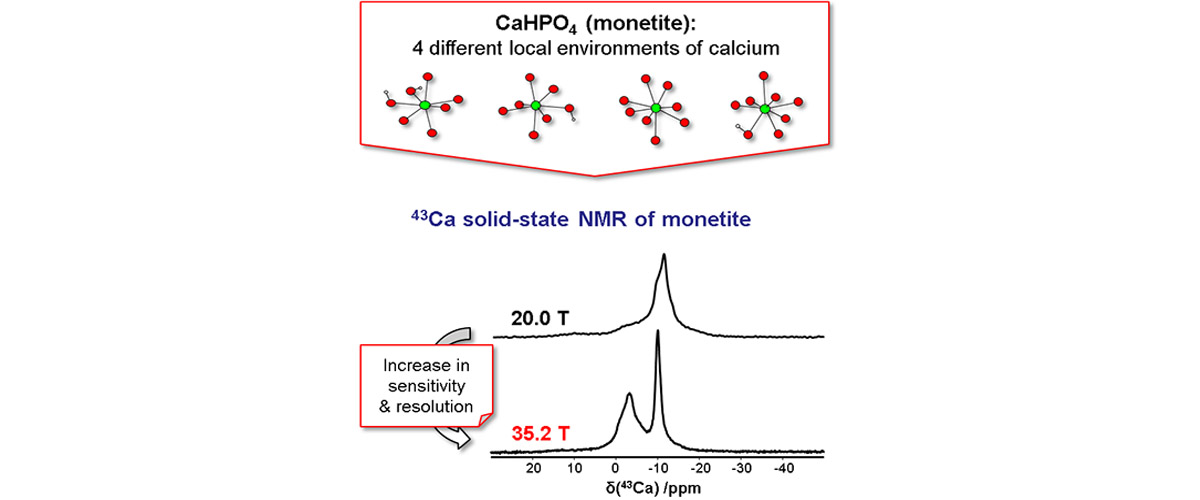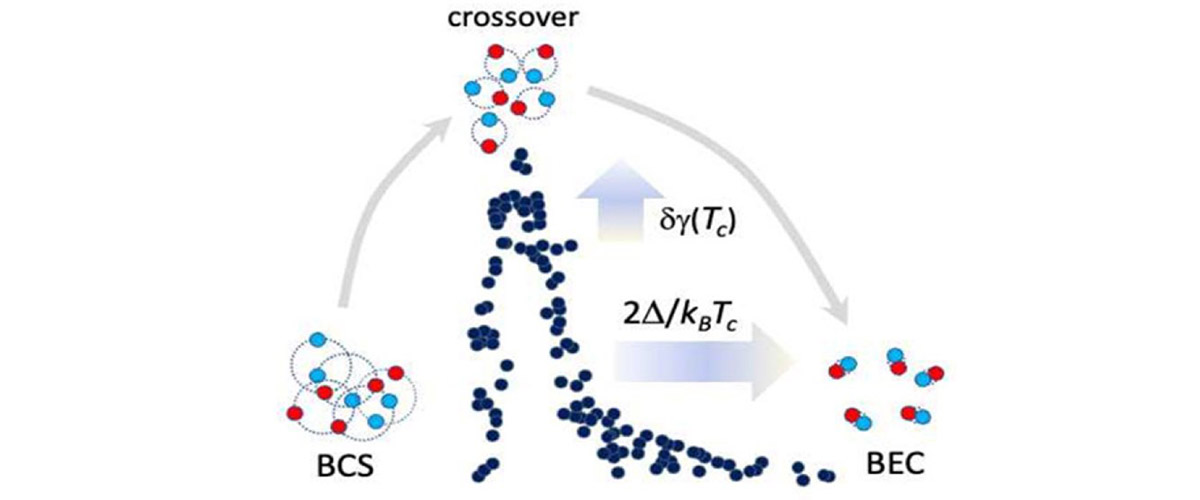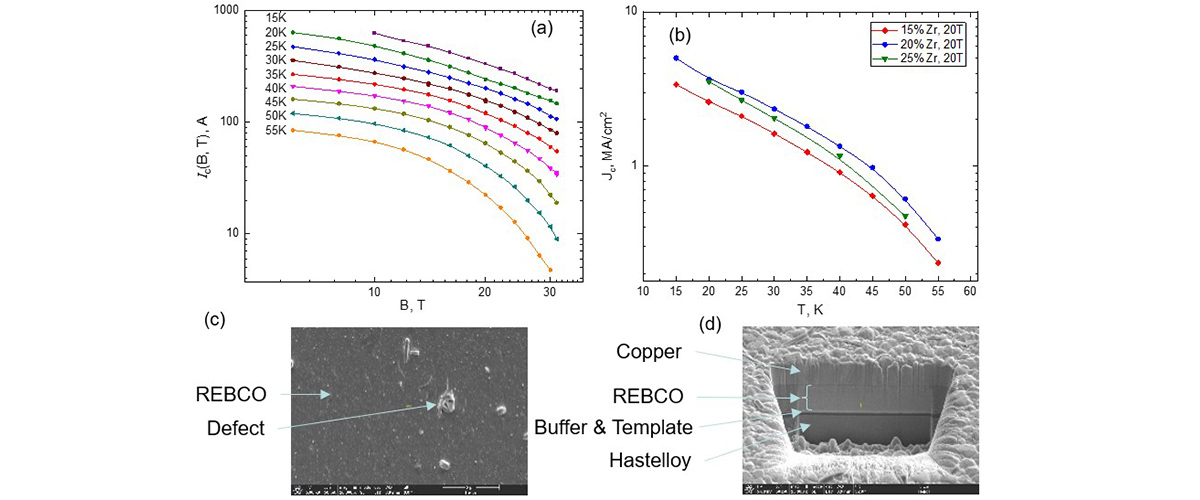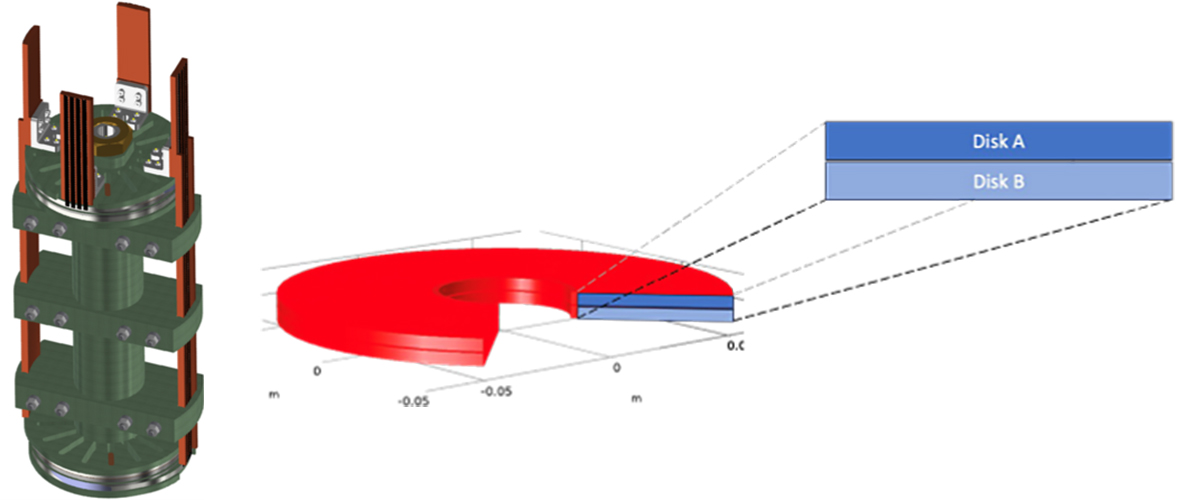What did scientists discover?
Researchers recently achieved unprecedented insight into the local atomic structure in the vicinity of calcium atoms within materials related to bones. This is leading to a more profound understanding of complex materials constructed from multiple components.
Why is this important?
Bone and teeth are intrinsically complex mineralized tissues. They are known to be composed of calcium phosphate minerals, proteins (mainly collagen), and water. However, details on the structural relationship of these components at the atomic scale has been lacking, and precise information on the local structure around elements like calcium has been missing. This work shows that the MagLab's new Series Connected Hybrid magnet enables researchers to access such information. This will not only deepen our knowledge of bone structure, but assist in developing novel materials for bone substitution and, potentially, regeneration. More generally, given the prevalence of calcium in many other materials, including cement and concrete, extending these techniques further will find a wide range of important materials to study.
Who did the research?
Bonhomme1, Gervais1, Gras2, Combes2, Wang3, Hung3, Gan3, Laurencin4
1Sorbonne Univ (Paris, FR); 2CIRIMAT (Toulouse, FR); 3National MagLab (Tallahassee, USA); 4ICGM (Montpellier, FR)
Why did they need the MagLab?
The 36T Series Connected Hybrid offers uniquely high and uniform magnetic fields, suitable for the “magnetic resonance” techniques necessary to elucidate the local structure around calcium, providing information not accessible prior to the commissioning of this magnet.
Details for scientists
- View or download the expert-level Science Highlight, Ultra-high magnetic fields provide new insights into bone-like materials
- Read the full-length publication, Pushing the limits of sensitivity and resolution for natural abundance 43Ca NMR using ultra-high magnetic field (35.2 T), in Chemical Communications
Funding
This research was funded by the following grants: G.S. Boebinger (NSF DMR-1157490, NSF DMR-1644779); C. Combes (ANR-16-CE19-0013)
For more information, contact Zhehong Gan.






